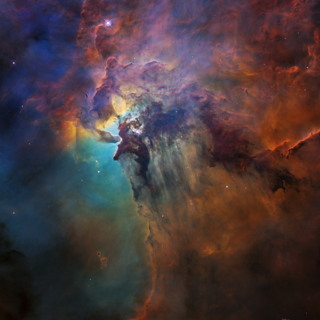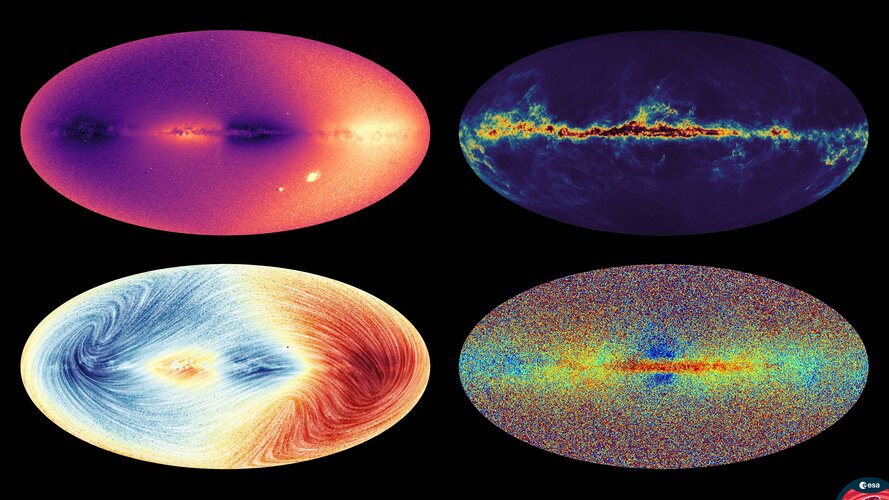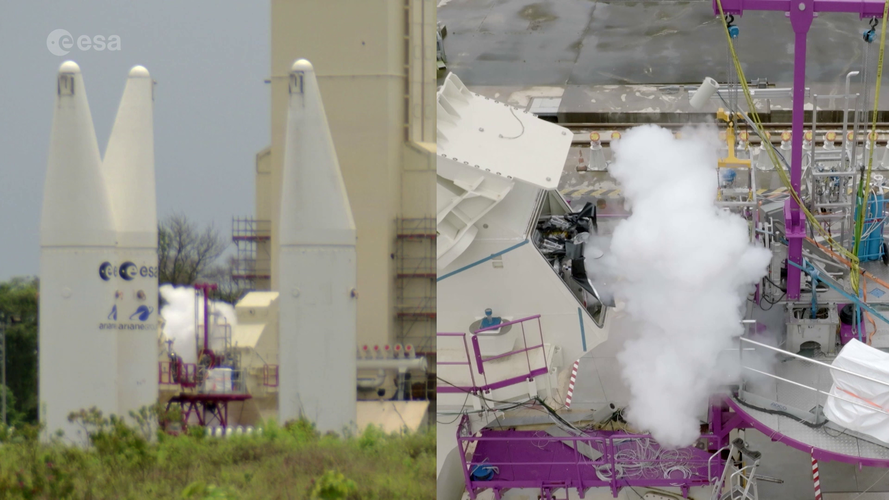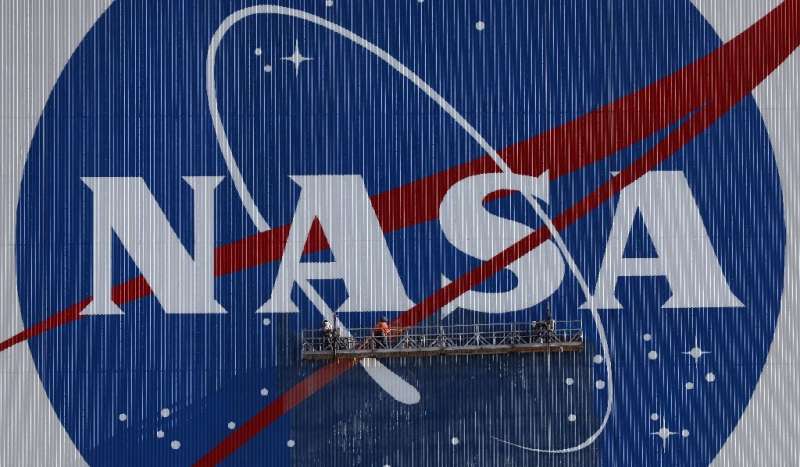
Copernical Team
Millisecond Pulsars can explain the Gamma-ray Excess in the Milky Way center
 Old and fast spinning neutron stars called millisecond pulsars could be responsible for an unexplained signal from the center of our Milky Way, reports a team of astrophysicists in a new study published in Nature Astronomy.
Back in 2009, gamma-ray data from the Fermi-Large Area Telescope revealed an unexplained, apparently diffuse, signal from the center of the Milky Way. The origin of thi
Old and fast spinning neutron stars called millisecond pulsars could be responsible for an unexplained signal from the center of our Milky Way, reports a team of astrophysicists in a new study published in Nature Astronomy.
Back in 2009, gamma-ray data from the Fermi-Large Area Telescope revealed an unexplained, apparently diffuse, signal from the center of the Milky Way. The origin of thi Probing high-energy neutrinos with an IceCube
 The subatomic particles called neutrinos, are believed to be ubiquitous throughout the Universe but are very difficult to detect. Now, Moroccan astrophysicist Salah Eddine Ennadifi and his co-workers, published a paper in EPJ Plus that describes the first known observation of intergalactic, high-energy neutrinos and probes new neutrino-related physics beyond the Standard Model of Particle Physic
The subatomic particles called neutrinos, are believed to be ubiquitous throughout the Universe but are very difficult to detect. Now, Moroccan astrophysicist Salah Eddine Ennadifi and his co-workers, published a paper in EPJ Plus that describes the first known observation of intergalactic, high-energy neutrinos and probes new neutrino-related physics beyond the Standard Model of Particle Physic New clues suggest how Hot Jupiters form
 Since the first hot Jupiter was discovered in 1995, astronomers have been trying to figure out how the searing-hot exoplanets formed and arrived in their extreme orbits. Johns Hopkins University astronomers have found a way to determine the relative age of hot Jupiters using new measurements from the Gaia spacecraft, which is tracking more than a billion stars.
Lead author Jacob Hamer, a P
Since the first hot Jupiter was discovered in 1995, astronomers have been trying to figure out how the searing-hot exoplanets formed and arrived in their extreme orbits. Johns Hopkins University astronomers have found a way to determine the relative age of hot Jupiters using new measurements from the Gaia spacecraft, which is tracking more than a billion stars.
Lead author Jacob Hamer, a P Sun-like star identified in the region where the Wow! Signal originated
 On May 6, the International Journal of Astrobiology of Cambridge University Press published a paper titled 'An approximation to determine the source of the Wow! Signal', authored by Alberto Caballero, a Spanish astronomer and science communicator.
Caballero decided to search through a catalog of stars from the European Space Agency's Gaia satellite to look for possible candidates.
He iden
On May 6, the International Journal of Astrobiology of Cambridge University Press published a paper titled 'An approximation to determine the source of the Wow! Signal', authored by Alberto Caballero, a Spanish astronomer and science communicator.
Caballero decided to search through a catalog of stars from the European Space Agency's Gaia satellite to look for possible candidates.
He iden Astra rocket fails to deliver 2 small satellites after launch, NASA says
 NASA said a rocket carrying two small weather satellites failed Sunday, preventing the inauguration of a technology that would have helped better forecast hurricanes.
The rocket by California-based Astra lifted off from Florida's Cape Canaveral Space Force Station, but the rocket's second stage malfunctioned before reaching orbit and lost the shoebox-sized technology.
"After a nomina
NASA said a rocket carrying two small weather satellites failed Sunday, preventing the inauguration of a technology that would have helped better forecast hurricanes.
The rocket by California-based Astra lifted off from Florida's Cape Canaveral Space Force Station, but the rocket's second stage malfunctioned before reaching orbit and lost the shoebox-sized technology.
"After a nomina Space takes centre stage at VivaTech

How does ESA enable the European space industry to prosper in the global market? People attending this week’s VivaTech show in Paris – which will showcase how innovation and technology can build a more sustainable and inclusive society – will discover how.
NASA Discoveries Highlighted at American Astronomical Society Meeting
 Scientists will discuss new research from NASA missions – on topics ranging from exoplanets to citizen science discoveries – at the 240th meeting of the American Astronomical Society (AAS).
Scientists will discuss new research from NASA missions – on topics ranging from exoplanets to citizen science discoveries – at the 240th meeting of the American Astronomical Society (AAS). Gaia data release 3 – press event
 Video:
00:54:56
Video:
00:54:56
Watch the replay of the press event for Gaia’s data release 3 on 13 June 2022.
Gaia experts and scientists present the findings and answer questions from journalists. Gaia is ESA’s mission to create the most accurate and complete multi-dimensional map of the Milky Way.
Ariane 6 cryogenic disconnection systems pass key tests
 Video:
00:00:39
Video:
00:00:39
ESA’s new Ariane 6 heavy-lift rocket is a critical step closer to inaugural launch, following completion of tests to validate launch pad/launcher systems that will keep the vehicle topped up with liquid hydrogen and liquid oxygen in the critical moments before liftoff.
While on the launch pad at Europe’s Spaceport in French Guiana, Ariane 6 relies on a “cryogenic connection system” of umbilical cords carrying its hydrogen and oxygen fuel – liquified at -250C and -180C respectively – as well as helium and nitrogen used for flushing and purging. The tests seen in this video showed that retraction
NASA loses two hurricane monitoring satellites on launch

Two small NASA satellites that were meant to study hurricane development failed to enter orbit Sunday when their Astra rocket shut off before reaching the necessary altitude, the US space agency said.
"After a nominal first stage flight, the upper stage of the rocket shut down early and failed to deliver the TROPICS CubeSats to orbit," NASA's Launch Services Program said on Twitter.
In a post to its website before the launch, NASA described the TROPICS CubeSats as a constellation of six "shoe-box sized" satellites that will "study the formation and development of tropical cyclones, making observations more often than what is possible with current weather satellites.
